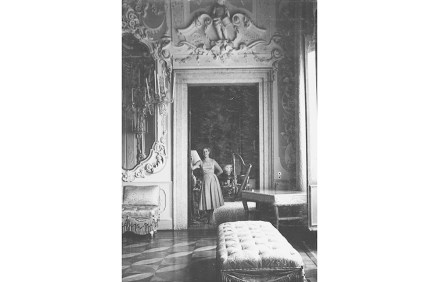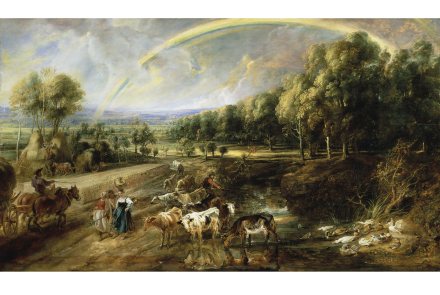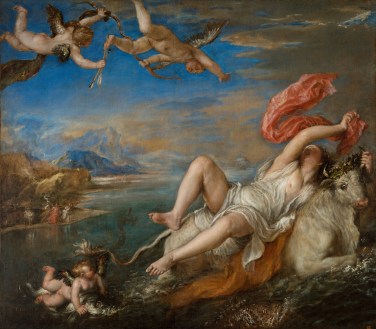The summer I dwelt in marble halls
The discovery of a cache of long-lost love letters might be an over-familiar inspiration for a memoir, risking a bit of a dusty lane indulgence – a charming, nostalgic featherbed flop into a past romance. But although the events described by this delightful nonagenarian first-time author took place three-quarters of a century ago, there is nothing sepia-flattened about Gill Johnson’s writing. This is a book which shimmers with remarkable recall as the author returns us to the post-war vibrancy of Venice and the dazzling inhabitants who transformed her young life. The youngest of four children, Gill reached adulthood in Blitz-scarred, rationed 1950s London. She shared a depressing, claustrophobic Westminster flat




